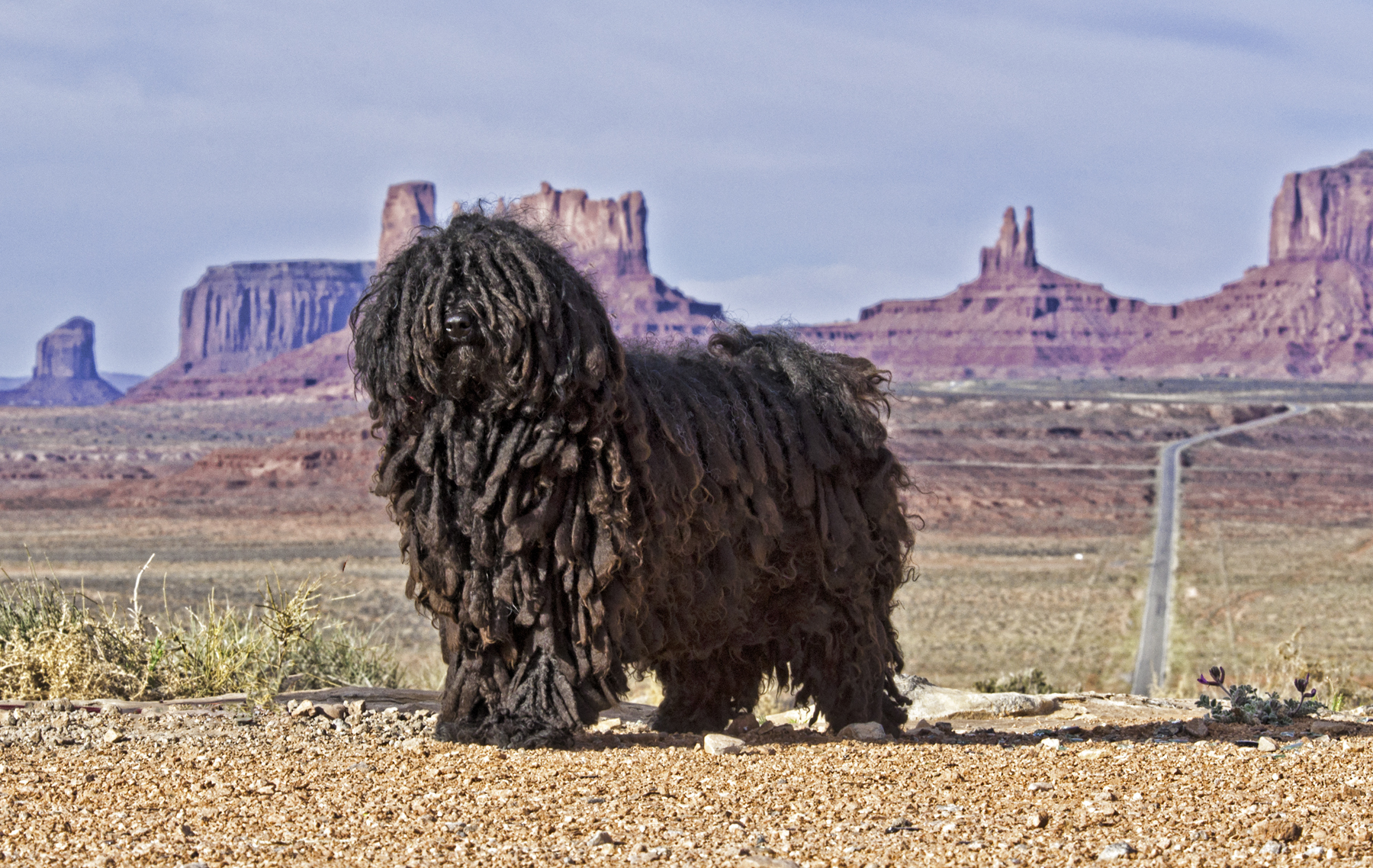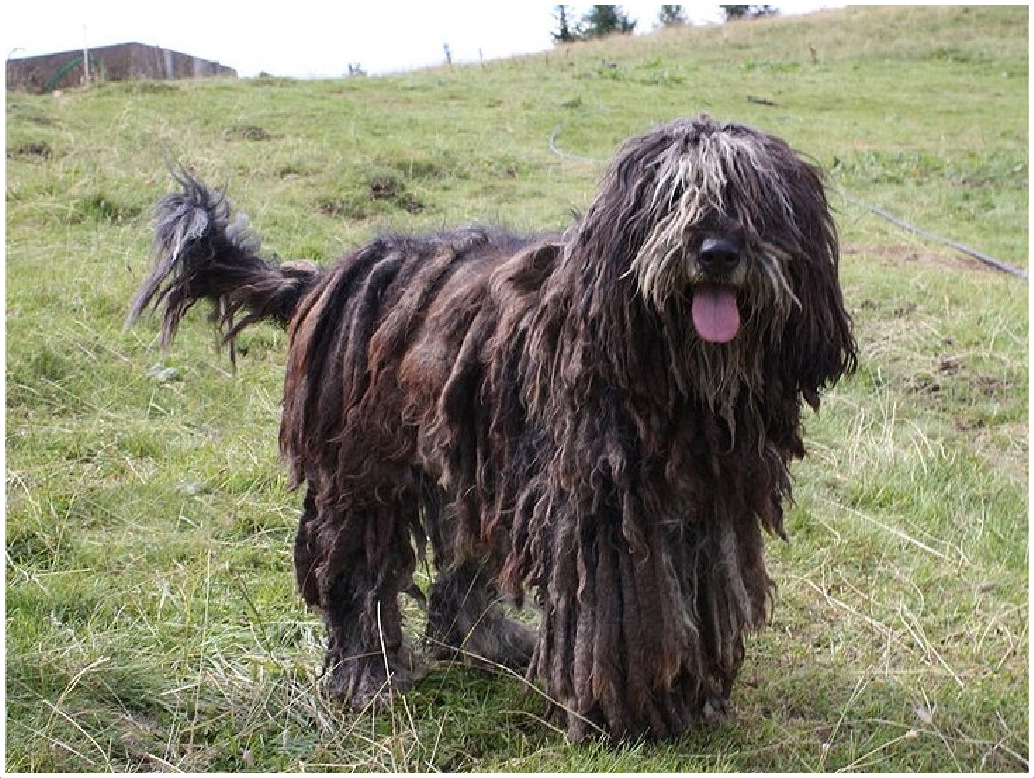
Bergamasco Dog Breed (Information, History & Characterstics)
History of Bergamasco
The Bergamasco breed is over two thousand years old. It is believed that the breed originated in Persia, but migrated into Europe with nomadic shepherds. They were used as herding and guarding dogs and, because of their great intelligence, were often left to work under their initiative, guarding the flock, deciding when to move the flock onto new pastures, and looking after the newborn lambs.

Once plentiful in the Italian Alps, they almost became extinct in the middle of the twentieth century as demand for wool – and hence the sheep that produce it and the dogs that look after the sheep – fell. Dr. Maria Andreoli, an Italian geneticist, led the effort to save them from disappearing forever.
Under her affix of dell ‘Alberta’, she bred Bergamaschi using the original genetic lines so that the breed was a true representative of its origins. Mainly thanks to Dr. Andreoli, there are now Bergamaschi in many countries, including Italy, England, Switzerland, Sweden, the USA, and Canada.
Characteristics
The Bergamasco is a medium-sized dog and is strong, deep-chested, and well-muscled.
There are two distinct colors – black or grey. However, the black coat tends to go bronzed in the sun, and the grey coat can be any shade, or multiple shades, of grey. Their distinctive coat is made up of a weave of three kinds of hair – the undercoat, the topcoat and a wiry hair called goat hair. It is woven – when the adult coat starts to grow it weaves through the undercoat at an angle, and this is what causes the maps to form.

First of all, it forms into ridges across the dog (i.e from side to side) and then these ridges split up lengthways. This is the beginning of the maps. The maps don’t go all the way down to the skin – there is about half an inch of unwoven hair at the base of each map, so the skin is clear. The maps grow longer and longer as the dog grows older.
The process starts at anywhere between 9 months and a year old and is fully formed after about 5 years. This process of map formation happens naturally; it is nature’s way of protecting the Bergamasco in its natural environment. The dogs are out on the mountains in all weathers – hot summers and cold winters. Air is trapped between the maps and keeps the Bergamasco cool in summer and warm in winter.
The coat is naturally oily, and this means rain or snow stays on the surface and hence the coat is soon dry. Similarly, mud and dirt stay on the surface of the maps, dries, and either falls off or can be brushed off. The coat is also a kind of armor against the natural predators on the mountains – wolves cannot bite through it, and snakes cannot strike through it.
Bergamasco herding & guarding breed
The Bergamasco is herding and guarding breed, is very intelligent, and is capable of thinking and working things out for himself. They were partners of the shepherds, rather than a working tool, and this epitomizes how they think of themselves and how they behave in the domestic environment. The Bergamasco views himself as a partner, as an equal to the adults in the house, and will expect to be treated as such.

They are “with you” dogs – they do not care what they do as long as they do it with you. Despite – or rather because of – their great intelligence they are not easy to train. Normal training methods of repetition do not work with Bergamaschi. You have to make them understand why you want them to do something, and then they evaluate for themselves whether or not they will do it.
However, once they have formed the partnership with you, they are extremely loyal and willing to please, and often their need to please you is motive enough for them to do what you want them to do. Any children or other pets in the house are regarded as the flock by the Bergamasco and will be guarded and looked after, because of this, Bergamaschi have a great affinity with children, and often form strong relationships with them.
They are natural peacemakers – because they view themselves as partners of the humans they are not interested in pack hierarchy, and will often break up squabbles and fights among other animals just as their human counterparts would do.
They have a strong guarding instinct, and in the domestic environment, this takes the form of warning barks to alert you to anything they perceive as a danger. They are reticent with strangers but are very friendly and outgoing once they have been introduced to someone.
